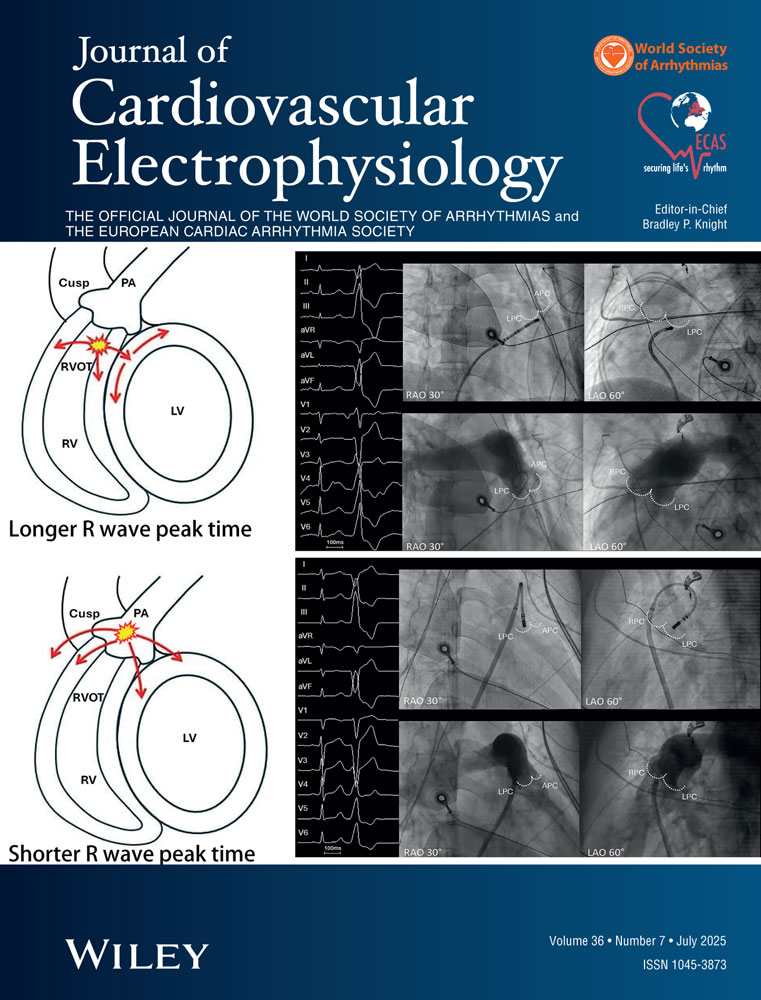Long-Term Results of Visually Guided Left Ventricular Reconstruction as Single Therapy to Treat Ventricular Tachycardia Associated with Postinfarction Anteroseptal Aneurysm
Presented in pan as an abstract at the 17th Annual Scientific Sessions of the NASPE, Seattle, Washington, May 15-18, 1996.
Abstract
Visually Guided Left Ventricular Reconstruction for Recurrent VT. Introduction: Postinfarction ventricular tachycardia (VT), anteroseptal aneurysm. and ventricular dysfunction are commonly associated and predict a poor long-term prognosis. Surgical left ventricular reconstruction, which includes double plication of the anterior and septal wall, can improve ventricular function. This article analyzes the long-term efficacy of such a procedure to control recurrence of VT in a group of 50 consecutive patients.
Methods and Results: The study group consisted of 50 consecutive patients operated on between December 1986 and December 1994. The group comprised 44 men and 6 women. The mean age was 56 ± 11 years. All patients had spontaneous VT following an anterior myocardial infarction. Twenty-five patients had two or more episodes of VT (eight presented as cardiac arrest, nine as syncope). Coronary artery disease was limited to the left anterior descending artery in 27 patients. An anteroseptal aneurysm was present in 49 patients. All patients had VT induced by programmed ventricular stimulation before surgery, and left ventricular reconstruction was performed without intraoperative mapping in all cases. Total mortality, VT recurrence, and sudden death rate were the endpoints of the study. In-hospital mortality was 8%. Postoperative left ventricular ejection fraction improved from 0.38 to 0.50 (P < 0.05). Only two patients had postoperative inducible VT. Overall survival, VT recurrence rate, and sudden death rate were 73%, 12%, and 10%, respectively, after a median follow-up period of 6.25 years (0 to 8 years).
Conclusion: Visually guided left ventricular reconstruction with septal and anterior wall plicature can he utilized effectively to treat recurrent VT associated with postinfarction anteroseptal aneurysm.




